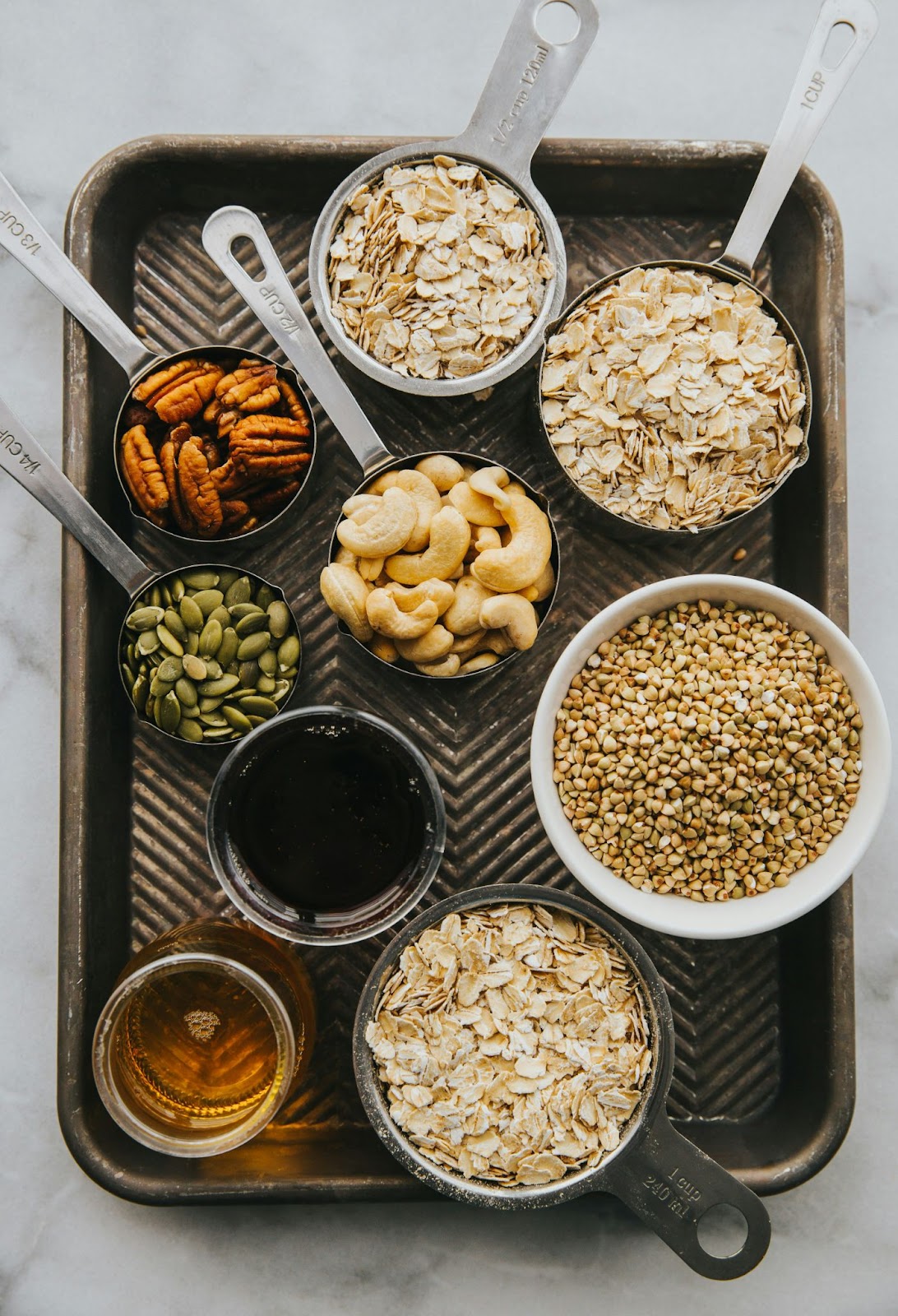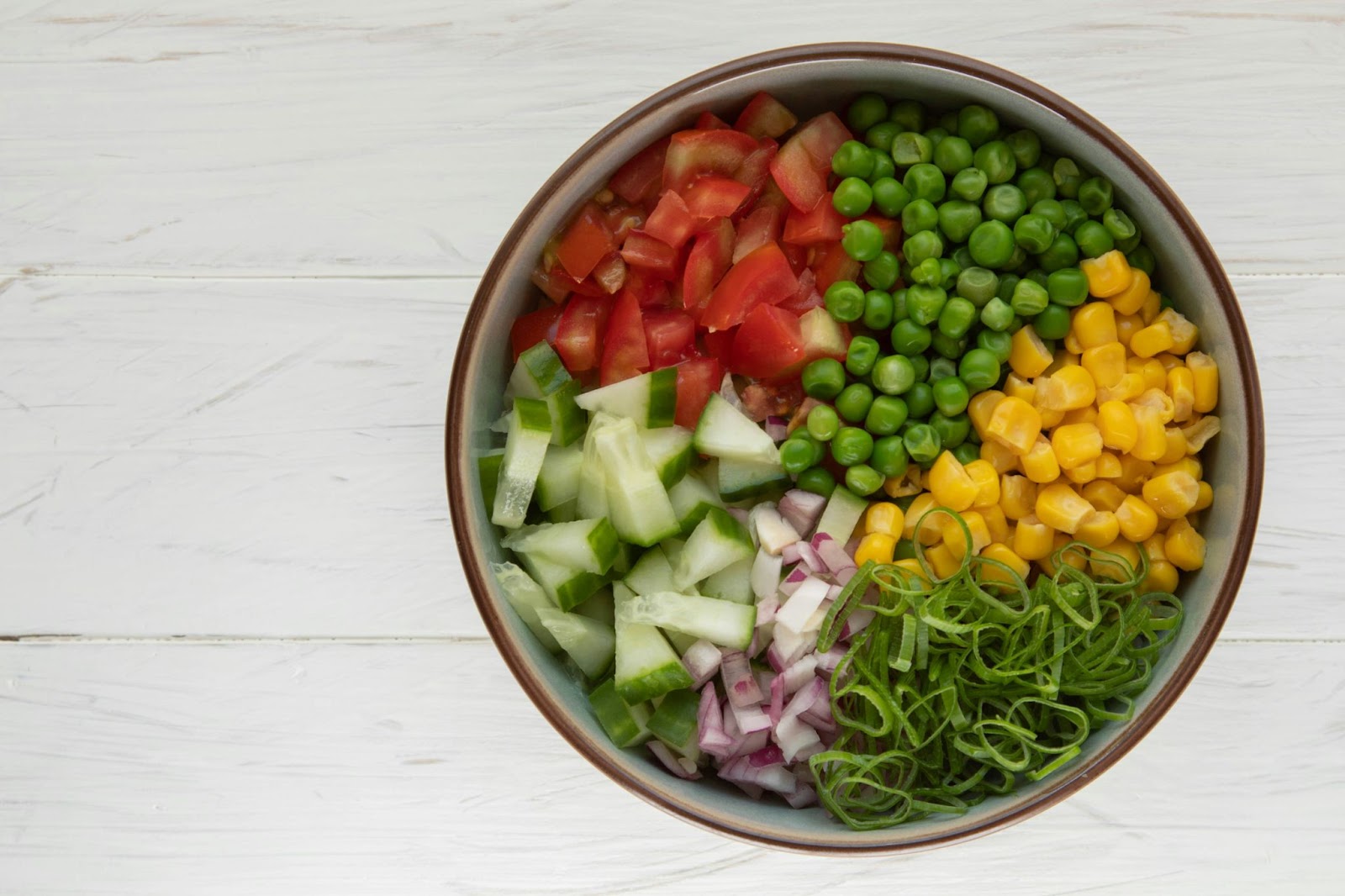B Vitamins (Folate & B12) for Brain and Nerve Health
If you're running a meal prep business, you've seen the demand. The search for "gluten-free dairy-free meal prep" isn't just a trend; it's a reflection of a dedicated and growing market. Nearly 12% of US consumers actively follow a gluten-free diet, powering a market projected to hit $4.25 billion by 2029.
But tapping into this market is more complex than just swapping out bread and cheese. Your customers aren't just looking for recipes—they're looking for reassurance. They need to trust that your meals will not only taste good but will also nourish them properly.
Data shows that specialized dietary meal prep services achieve 25% higher customer retention compared to general meal prep businesses, primarily due to the trust and expertise they demonstrate.
As Melanie Geist emphasizes about quality and sourcing: "You're going to have to look for it and you're going to have to be willing to spend more time on sourcing... if you're making things really complicated in one way, okay, then how can we streamline this in another."
The internet is filled with fragmented recipe lists and broken links, leaving a massive gap for a professional, reliable solution. This is your opportunity. Moving beyond basic recipes to offer a nutritionally complete, well-structured menu is what separates a hobbyist from a thriving meal prep business.

Any business can find a gluten-free pasta recipe. A market leader, however, understands the science behind the diet. Customers who eliminate entire food groups, like gluten-containing grains and dairy, are often concerned about what they might be missing.
Addressing this head-on is your single biggest differentiator. Research from authorities like PubMed and the Gluten Intolerance Group shows that individuals on restrictive diets are at a higher risk for specific nutritional deficiencies. Building your menu around preventing these gaps demonstrates an elite level of care and expertise.

Focus your menu development on incorporating foods rich in these commonly missed nutrients. This isn't just good for your customers' health; it's a powerful marketing message.
The biggest concern with a dairy-free diet is bone health. Calcium and Vitamin D work together, so it's critical to provide both.
How to Deliver:
Fortified Plant Milks: Use almond, soy, or oat milk fortified with calcium and vitamin D in your smoothies, overnight oats, or creamy sauces.
Leafy Greens: Incorporate spinach, kale, and collard greens into every possible dish—salads, sautés, and soups.
Tofu & Tahini: Use firm tofu (often set with calcium sulfate) in stir-fries and tahini as a base for dressings and sauces.
Sun-Kissed Mushrooms: Some mushroom varieties exposed to UV light are an excellent source of Vitamin D.
Red meat is a primary source of iron and zinc, and while it can be part of a GF/DF diet, you need strong plant-based options for your entire customer base.
How to Deliver:
Lentils & Legumes: A lentil soup, chickpea curry, or black bean burger are powerhouse menu items.
Seeds: Pumpkin and sesame seeds are packed with both minerals. Use them as a crunchy topping for salads, bowls, and yogurt alternatives.
Pair with Vitamin C: To increase iron absorption from plant sources, always pair them with a source of vitamin C, like bell peppers, broccoli, or a squeeze of lemon juice.
Fortified breads and cereals are major sources of B vitamins in a standard diet. When you remove them, you have to be intentional about replacing them.
How to Deliver:
Nutritional Yeast: This is a non-negotiable for any DF kitchen. It has a cheesy, savory flavor and is typically fortified with B12. It's perfect for sauces, "cheesy" kale chips, or sprinkling over pasta.
Legumes & Dark Greens: Beans, lentils, and spinach are fantastic sources of folate.
Animal Sources: For non-vegan menus, eggs, poultry, and fish are excellent B12 sources.
By building your menu around these nutritional pillars, you're not just selling food; you're selling a health outcome. You're giving customers confidence that your service supports their well-being on a scientific level.
A successful menu is more than just a list of nutritionally balanced meals. It needs to be practical for you to produce and appealing for your customers to eat week after week. It needs to be a system.
Instead of offering a random collection of dishes, structure your offering around a weekly plan. This helps customers visualize their week and encourages larger, recurring orders. It also streamlines your operations.
Theme Your Days: Consider "Stir-Fry Mondays" or "Taco Tuesdays" to create predictability and simplify your prep schedules.
Batch & Assemble: Design meals that share components. For example, a large batch of quinoa can be the base for a grain bowl on Tuesday and a side for roasted chicken on Thursday. Grilled chicken can be used in a salad for lunch and in lettuce wraps for dinner.
No-Heat Lunches are Gold: The "sad desk lunch" is a major pain point. Offer creative, delicious salads, wraps using gluten-free tortillas, and bento-style boxes that don't require a microwave. This is a huge value-add for busy professionals.
Specialty ingredients can be expensive. Your profitability depends on smart sourcing and menu engineering.
Focus on Naturally GF/DF Foods: Build your menu around foods that are already compliant: vegetables, fruits, lean proteins, rice, quinoa, and potatoes. These are less expensive than processed GF/DF products.
Strategic Use of Specialty Items: Use gluten-free breads, pastas, and dairy-free cheeses as premium add-ons or in one or two "wow" dishes per week, rather than as the base of every meal.
Supplier Relationships: Find a reliable supplier for key items like almond flour or coconut aminos and buy in bulk to reduce costs.
Managing this complexity requires more than spreadsheets. As you scale, having integrated order management and inventory tracking helps you track inventory, manage menus, and calculate costs automatically.

Quality-First Approach
Melanie Geist's experience demonstrates how focusing on premium sourcing creates customer loyalty: "People are really savvy at picking out which things are just marketing and which things are like, 'Oh, these two businesses that I'm both interested are now working together' and that tells them a lot about you."
This authenticity is crucial in the GF/DF market, where trust is everything.
Community Building Through Specialization
Megan Scott of Planted Table's targeted approach shows the power of niche expertise: "We never hire at the management level. We always promote from within... we invest in our staff, when we find good ones, we'll send them to training, different management courses."
This investment in expertise translates directly to customer confidence in specialized dietary services.
Your expertise is worthless if your customers don't know about it. Your marketing and communication must reflect the care and science you put into your menu.
Educate on Your Website: Have a dedicated page explaining your philosophy on GF/DF nutrition. Briefly explain the importance of iron, calcium, and B vitamins and how your meals deliver them.
Label Everything Clearly: On your menu, use icons or clear text to label not just "GF/DF" but also key ingredients like "Made with Calcium-Fortified Almond Milk" or "Excellent Source of Plant-Based Iron."
Build Trust with Every Interaction: When a customer asks a question, your team should be ready with knowledgeable answers. This is where SMS marketing and customer communication tools help you turn your passion into a profitable, scalable venture.
Your deep understanding of customer needs, combined with powerful tools for growth and targeted communication, creates an unbeatable customer experience.
By combining nutritional science with smart business strategy, you can build a gluten-free, dairy-free meal prep service that doesn't just feed people—it builds trust, fosters loyalty, and positions you as the undisputed leader in your market.
How do I safely handle allergens and prevent cross-contamination in my kitchen?
This is non-negotiable. Maintain a dedicated gluten-free preparation area with separate cutting boards, utensils, and toasters. If possible, schedule your GF prep on different days or times than your gluten-containing prep. Be transparent with customers about your kitchen environment—even if you're not a certified GF facility, explaining your rigorous procedures builds immense trust.
How should I price my GF/DF meals compared to my standard menu?
GF/DF ingredients are often 1.5x to 3x more expensive. You must price this in. Calculate your food costs precisely for each GF/DF recipe. Your pricing should reflect the premium ingredients and the expert value you provide. Don't compete on price; compete on quality and trust. Customers seeking these meals are often willing to pay more for a safe, high-quality solution.
What's the best way to introduce customers to less common ingredients like nutritional yeast or cassava flour?
Education and framing are key. Don't just list the ingredient; describe its benefit or flavor profile. For nutritional yeast, call it a "savory, cheesy plant-based seasoning packed with B-vitamins." For new flours, describe the texture they create—"light and airy muffins made with almond flour." Offer a small, discounted "taster" item to lower the barrier to entry.
The gluten-free, dairy-free market represents one of the most loyal and profitable niches in meal prep. Customers in this space are looking for more than convenience—they're looking for expertise, safety, and nutritional confidence.
By building your menu around proven nutritional science, implementing smart operational systems, and communicating your expertise effectively, you create a defensible business that customers can't find anywhere else.
Ready to build your specialized meal prep business? Join our Launch Accelerator program and get the expert guidance, proven systems, and community support you need to turn your GF/DF expertise into a thriving business.
The opportunity is massive, the customers are waiting, and the competition is still figuring out the basics. This is your moment to become the trusted expert in your market.
In a world of generic meal prep services, specialized expertise wins. Master the science, build the systems, and become the go-to solution for customers who can't compromise on quality or safety.
Book your free strategy session with a meal prep growth advisor. We’ll discuss:



Book a call with a Bottle Meal Prep Advisor